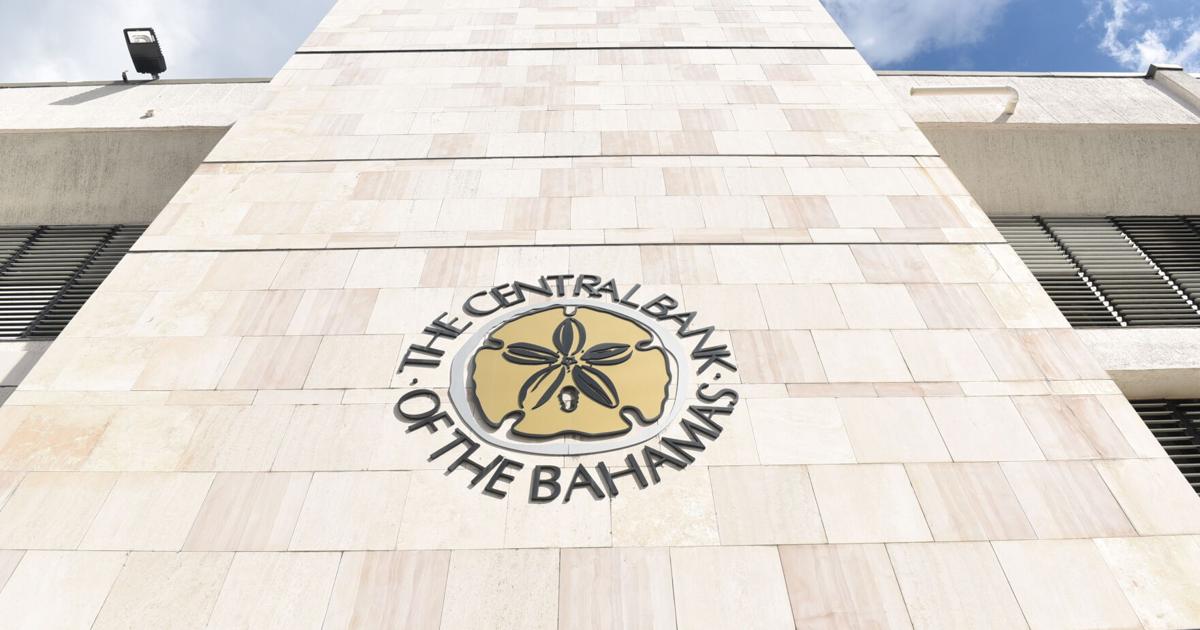Banking sector liquidity declined in the first quarter of 2025, according to The Central Bank of The Bahamas (CBOB) in its Quarterly Economic Review for Q1 2025.
The CBOB noted the decline in liquidity happened notwithstanding an expansion in deposits outpacing the growth in domestic credit.
Further, the accumulation in the financial system’s net foreign assets moderated, relative to the prior year, which had included robust foreign currency inflows from real sector activities and proceeds from the government’s external borrowings.
“Meanwhile, in line with the continued improvement in economic activity, banks’ credit quality indicators strengthened over the review period. In addition, banks’ profitability indicators improved over the fourth quarter of 2024 — the latest period for which data is available — underpinned by an increase in non-interest income, as provisions for bad debt reduced, along with higher interest income.
“Meanwhile, the weighted average interest rate spread narrowed during the review quarter, as the weighted average loan rate decreased, while the mean deposit rate increased.”
The report also said: “During the review quarter, net free cash reserves of the banking sector reduced by $34.7 million (1.9 percent), a switch from a $257.4 million (14.0 percent) expansion in the comparable period last year. As a result, the ratio of net free cash reserves to Bahamian dollar deposit liabilities decreased to 19.6 percent at end-March, from 24.1 percent in the corresponding quarter of the year prior.
“However, banks’ broader surplus liquid assets grew by $167.3 million (5.6 percent), a slowdown from the $328.9 million (11.4 percent) growth in the previous year, largely due to declines in cash holdings and the government’s long-term securities. At end-March 2025, the surplus liquid assets exceeded the statutory minimum by approximately 198.2 percent, compared to 210.2 percent in the same period in 2024.”
The report added: “The overall money supply grew by $237.5 million (2.5 percent) in the first quarter, albeit lower than the $257.5 million (2.8 percent) accretion in the same period last year, placing the total stock at $9,723.0 million. In terms of the components, narrow money rose by $196.2 million (4.2 percent), outpacing the $155.4 million (3.6 percent) growth the year earlier. Contributing to this outturn, the buildup in demand deposits accelerated to $179.1 million (4.3 percent) from $134.2 million (3.5 percent), buoyed by an uptick in private placements.
“Meanwhile, currency in active circulation increased by $17.1 million (3.7 percent), just below the $21.1 million (4.9 percent) accumulation in the preceding year. Broad money growth also moderated to $204.9 million (2.3 percent) from $221.2 million (2.6 percent) in 2024. In particular, savings deposits gains slowed to $67.4 million (2.8 percent) from $105.9 million (4.7 percent) in the year prior; outweighing faster fixed balances expansion to $58.7 million (3.1 percent) from $40.0 million (2.0 percent) a year earlier. Meanwhile, the increase in residents’ foreign currency deposits moderated to $32.6 million (6.6 percent) from $36.3 million (6.8 percent) in 2024.







